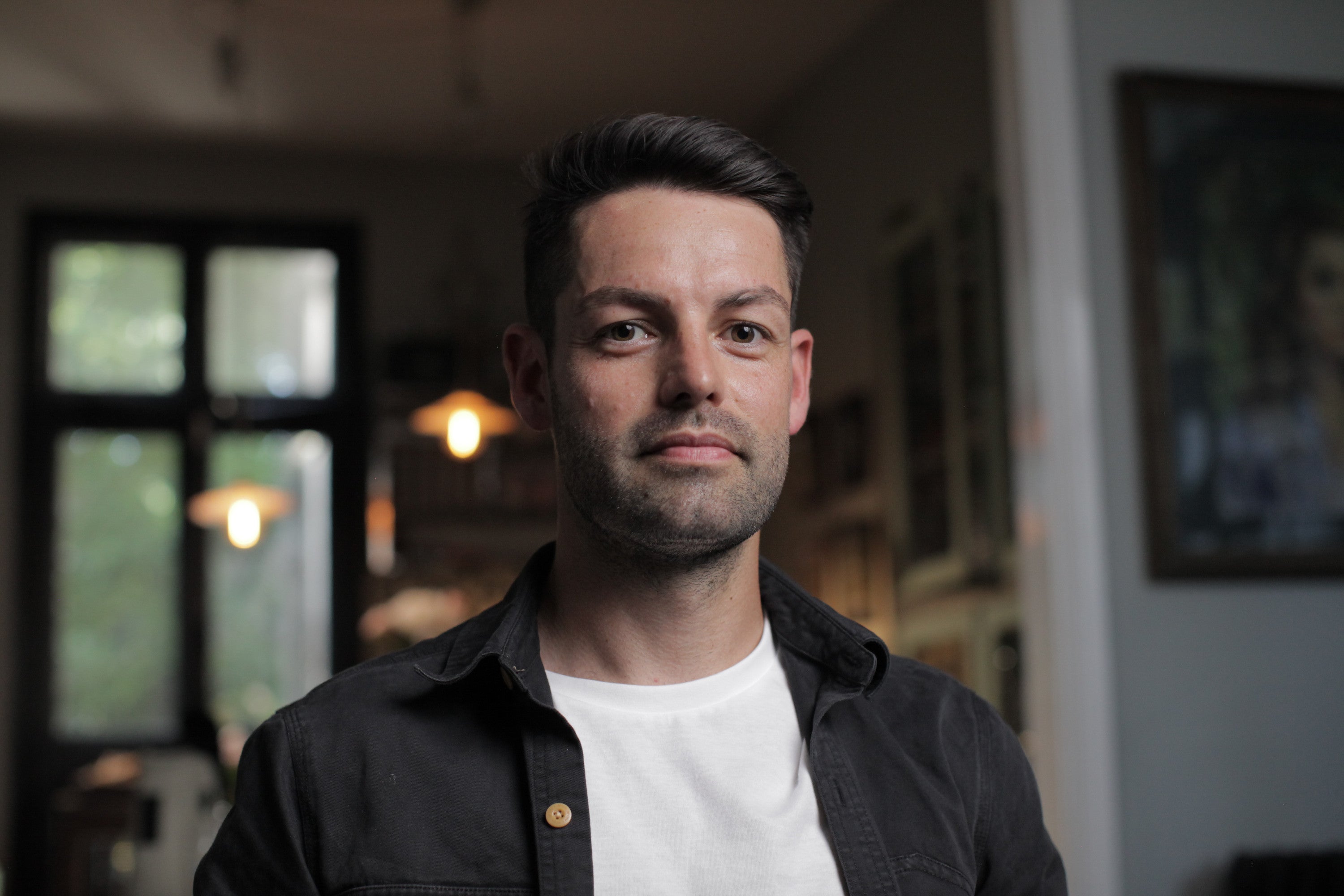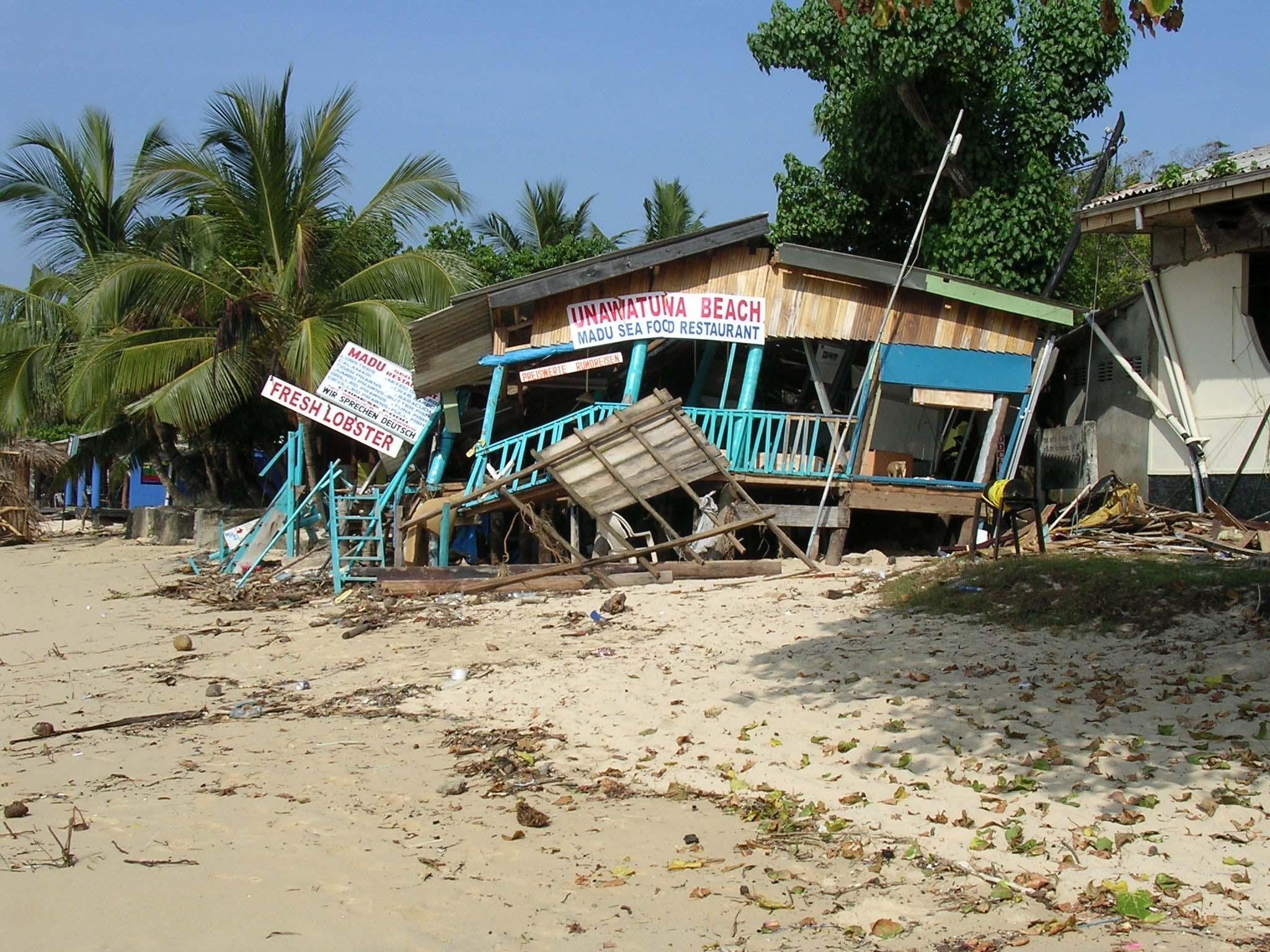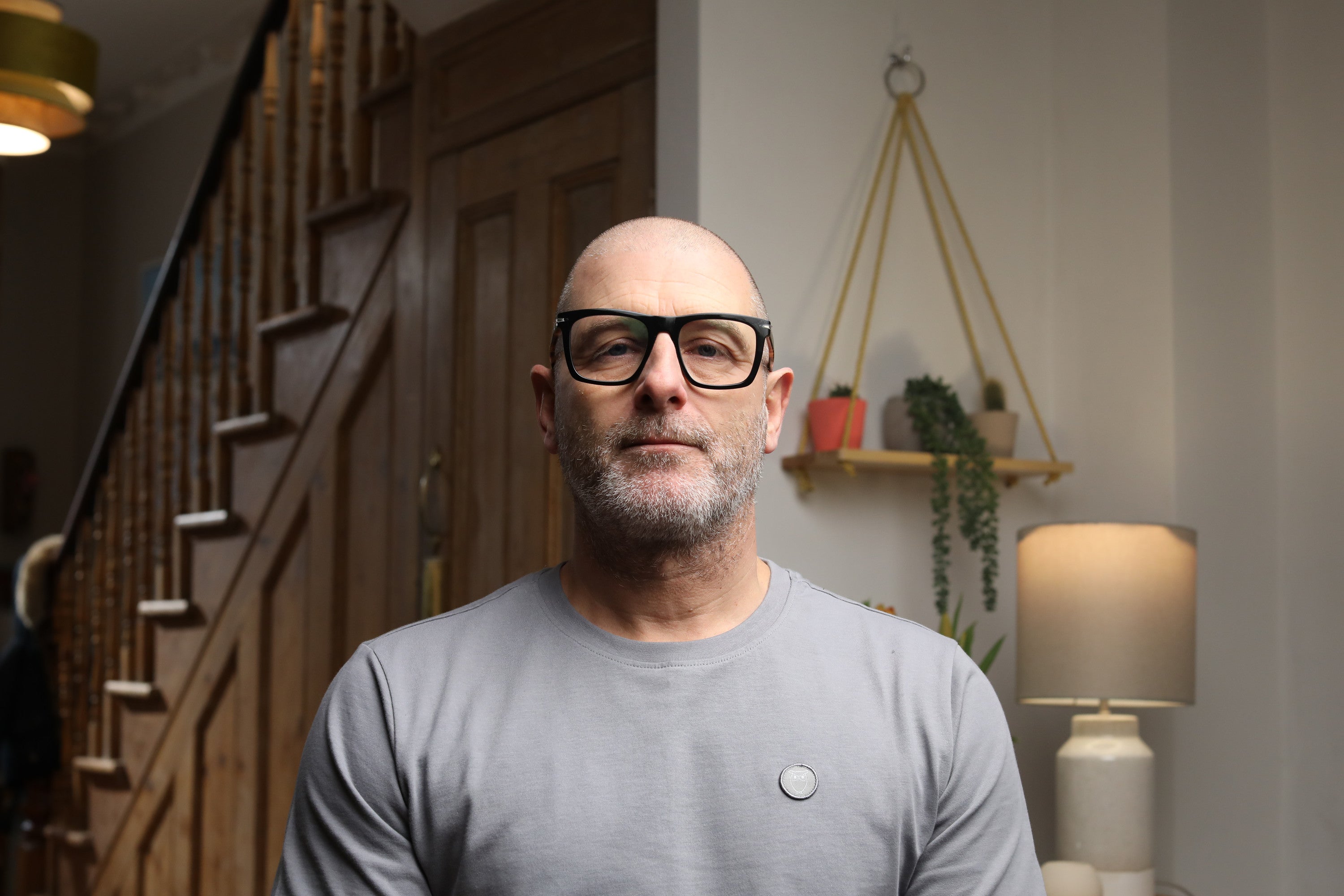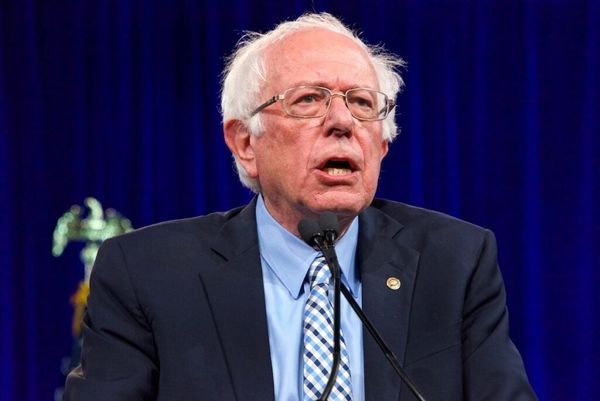
Survivors of the 2004 Boxing Day Indian Ocean tsunami described how they were “fighting for our lives” on the day, ahead of the release of a new documentary marking the 20th anniversary of the disaster.
A major earthquake with a magnitude of 9.2 – 9.3 struck off the coast of Indonesia on December 26 2004, prompting a massive tsunami with waves up to 30 metres.
It killed more than 220,000 people in 14 countries in one of the deadliest natural disasters in recorded history.
One of the survivors, Louis Mullan who was 16 at the time, was on holiday with his brother Theo, then aged 11, and his parents Leonard Barratt, 50, and Catherine Mullan, 53, in Khao Lak, Thailand, when the wave struck.
The boys’ parents, from Cornwall, were swept away and killed in the disaster, with Mr Mullan outlining the dramatic and heartbreaking story in a new documentary, Tsunami: Race Against Time.
Mr Mullan told the PA news agency: “We were going out on a snorkelling trip …and then dad came to our room to grab us and say, there’s something happening on the waterfront, to come have a look.
“When we got there, we could see that the water receded quite far, and you could just see kind of a bubbling sea in the distance but no one knew what was going on at that stage.”

He and Theo ran to lock their room and about 20 seconds later returned to find that “panic had set in”, before the water quickly caught up with them.
“Theo and I were holding on to each other, and then the water just became too deep, and we were at our depth and then we got separated, and then we both went our separate ways through the water.
“It was scary because we didn’t know what it was, scary because we were fighting for our lives.”
The water, filled with debris including wood and glass, pushed him into a half-built building before he was pulled out of harm’s way by a stranger.
After the water subsided, he joined a French family he had met earlier in the trip and felt “huge relief” when he reunited with his brother, who he saw walking down a road with a group.
“It was ridiculous. I remember his shorts had been ripped off him, and so he was naked from the waist down,” he said.
Because the hospital was one of the closest to Khao Lak, it was just chaos. Every room you'd go and see some horrible things, but I was just looking for mum and dad at that point
The two went to a local hospital, where Louis placed a sign on the noticeboard saying the brothers were safe and they were looking for their parents.
“I’d leave Theo every hour or so and go for a wander around all the hospital rooms and corridors,” he said.
“Because the hospital was one of the closest to Khao Lak, it was just chaos. Every room you’d go and see some horrible things, but I was just looking for mum and dad at that point.”
The boys were in Thailand for several days before they flew back to the UK without their parents and were later adopted by a family in Cornwall.

Paul and Sally Murray were celebrating Christmas with friends on the island of Phi-Phi when the tsunami struck.
Mr Murray, 32 at the time, told PA he saw a “rumbling messy wall of water” overturn a large speed boat in the distance and knew he was looking at a tsunami, before he ran down the beach to help two people in the water.
Mr Murray said the wave “felt like being hit by a bus or a car” and separated him and Mrs Murray, taking him inside a large hall and her down a 20-foot drop inside a gym.
“It felt like being in a washing machine with the contents of any room, whether it was chairs or stools or bits of twig. It wasn’t like being in water. It was like being bashed and kicked and hit.”
When the water subsided, Mr Murray went looking for his then-girlfriend, whom he eventually found in a hospital later that day.

A large shard of glass “almost like the fin on a surfboard” had lodged inside her stomach, the back of her thigh “looked like it had been attacked by a shark” and her foot was “more or less hanging off”, he said.
Mr Murray said he thought she was going to die but she survived, although she underwent numerous surgeries for years afterwards.
Executive producer and director Daniel Bogado said the documentary is filled with archive footage of the tsunami and shows moments of tragedy and heroism.
“You get to meet people there who went through that experience from those countries, often telling their own story in their own language, with their own voices always looking directly at the audience,” he told PA.
On what he took away from the survivors’ accounts, he said: “Especially when you approach that line separating life from death, everybody’s always thinking about the same thing, which is their loved ones.”
Tsunami: Race Against Time premieres November 25 at 9pm on National Geographic and will be available for streaming on Disney+ the same day.







